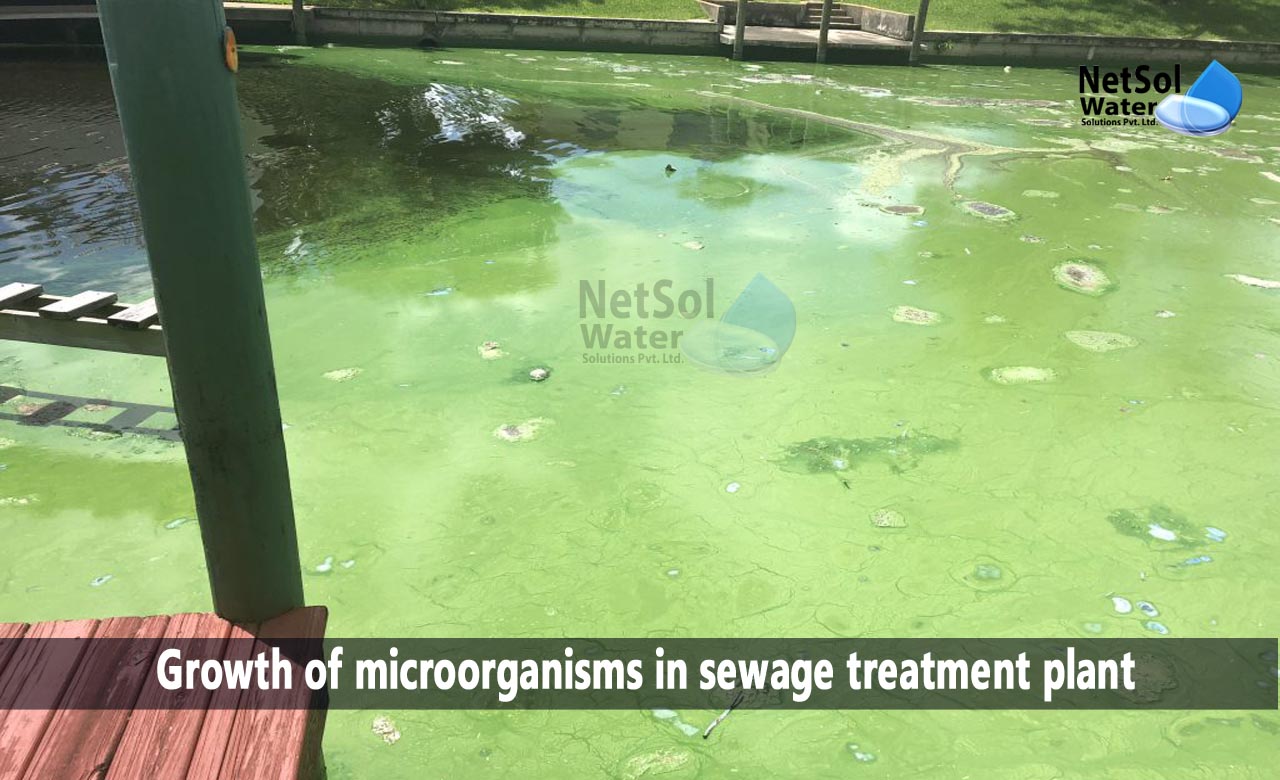How microorganisms grow in STP & how can we help to grow more and fast?
It is a remarkable fact that we entirely rely on microorganisms for wastewater treatment. Every sewage treatment plant, no matter how advanced, relies on biological processes that are primarily carried out by bacteria. As a result, wastewater treatment is essential, and the flourishing community of microorganisms is of the utmost importance to this process.
Bacteria, protozoa, and other types of microbes are primarily responsible for reducing and purifying the organic matter found in effluent. Bacteria use substances like fats, proteins, and sugar as well as nutrients like nitrogen and phosphorus as a food supply.
Growth of microorganism in STP:
There are three different kinds of bacteria that are typically used in a wastewater treatment plant, depending on the availability of oxygen.
Aerobic bacteria: Most new treatment facilities use aerobic bacteria in an environment known as an aerated environment. This bacterium breaks down the contaminants in the wastewater using the free oxygen present in the water, turning it into energy it can use to develop and reproduce. This kind of bacteria needs manually added oxygen in order to be used properly. By doing this, you can be confident that the bacteria can carry on doing what they were designed to do—grow and reproduce on their food source.
Anaerobic bacteria: Normally, anaerobic bacteria are used in the treatment of wastewater. These bacteria's primary function in the treatment of sewage is to lessen the amount of sludge and turn it into methane gas. Because methane gas can be used as an alternative energy source if cleaned and managed effectively, this type of bacteria is more commonly used than aerobic bacteria. Given the already elevated amounts of energy consumption for wastewater treatment, this is a huge benefit. This form of bacteria, unlike aerobic bacteria, can obtain more than enough oxygen from the food it consumes and does not need additional oxygen to function. Another advantage of anaerobic microorganisms used in sewage treatment is their ability to remove phosphorus from wastewater.
Facultative bacteria: In sewer treatment, facultative microorganisms are bacteria that are capable of switching between anaerobic and aerobic states based on their surroundings. Keep in mind that these bacteria typically favor an aerobic environment.
What environmental factors promote the growth of microorganisms?
The term "microbial growth" actually refers to an increase in cell population. Physical requirements and chemical conditions are the two major divisions of requirements for microbial growth.
Physical requirements: The physical characteristics consist of temperature, pH, and osmotic pressure. The ideal pH range for the growth of bacteria is between 6.5-7 (neutral range). However, some bacteria—known as acidophiles—can flourish in an acidic environment with a pH below about 4. While some bacteria, known as alkalophiles, favor an alkaline pH (8–9).
Microorganisms need water to develop because the water around them provides nearly all of the nutrients they need in solution. Extreme halophiles are organisms that can adapt to extremely high concentrations of salt, while obligate halophiles are microorganisms that must have a specific salt concentration in order to develop. Certain microorganisms can thrive in salt concentrations of up to 2% without needing salt for growth. (a concentration that inhibits the growth of many other organisms). We refer to them as facultative halophiles.
Chemical conditi?ons: Microorganisms require a supply of water in addition to a variety of other materials, such as mineral elements, growth factors, and gases like oxygen, in order to flourish. Whether they are proteins, fats, carbohydrates, or lipids, almost all chemical compounds in microorganisms incorporate carbon in some form. A bacterium's dehydrated weight contains about 50% carbon. Carbon can be produced from carbon dioxide or organic materials found in the atmosphere.
Other elements that bacteria need include nitrogen and phosphorus. The creation of proteins, amino acids, DNA, and RNA all depend on nitrogen. Nitrogen-fixing bacteria are those that acquire nitrogen directly from the atmosphere. Phosphorus is a crucial component in the production of phospholipids and nucleic acids.
In addition, trace metals like iron, copper, and zinc are necessary for microbial growth. These substances are frequently used to create enzymes. Some microbes may also require organic growth factors like vitamins. Additionally, purines, pyrimidines, and amino acids need to be readily available.
Do you need an advice or assistance on selecting the best water and waste water treatment unit? We have solutions for all your problems!
Let us now your problem, our experts will make sure that it goes away.
For an assistance or related query,
Call on +91-965-060-8473
Or write us at enquiry@netsolwater.com



